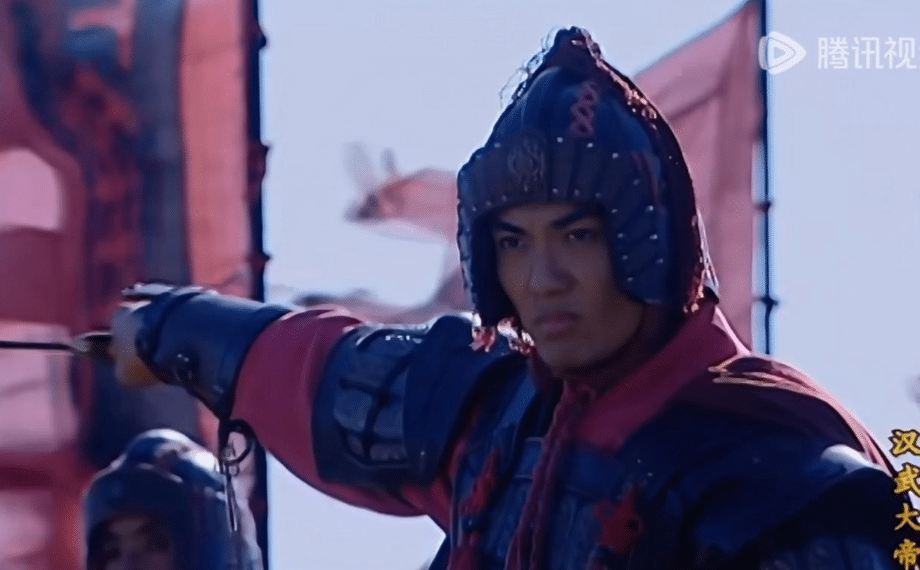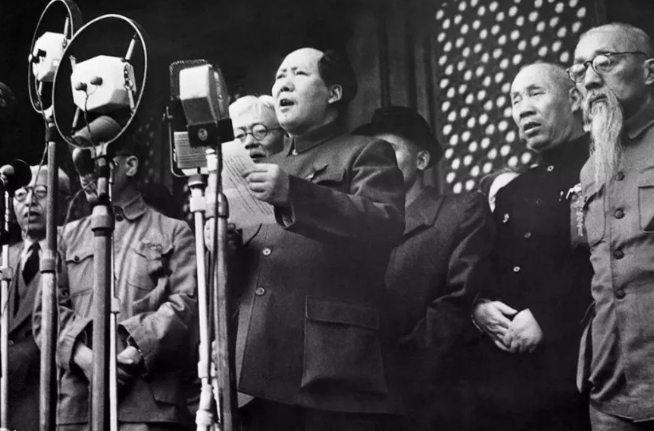In discussions of Three Kingdoms history, Zhuge Liang emerges as a legendary tactician, revered for his unyielding strategies and battlefield poise. Yet, a curious contrast arises in his use of fire attacks: unflappable during the pivotal Battle of Red Cliffs in 208 AD, he later expressed profound remorse over the fictional burning of 30,000 vine armor soldiers around 225 AD in Romance of the Three Kingdoms. This shift—from detached strategist to guilt-ridden leader—invites reflection on the human cost of victory in ancient warfare.
A Calculated Inferno: The Battle of Red Cliffs
Amid the chaos of the late Eastern Han Dynasty, Cao Cao’s massive army—over 200,000 strong—marched south in 208 AD, threatening to unify China under his banner. Liu Bei’s forces, outnumbered and fleeing from Xinye, dispatched Zhuge Liang to forge an alliance with Sun Quan in the east. At just 27, Zhuge Liang masterfully swayed the hesitant warlord, emphasizing the existential threat: “Cao Cao’s might is formidable, but unity spells his downfall.” Sun Quan, convinced by appeals to survival and glory, committed his navy, forming the Sun-Liu coalition.
As Cao Cao’s northern troops anchored near Red Cliffs along the Yangtze—plagued by seasickness and chained ships for stability—Zhuge Liang and Zhou Yu devised the fire attack. Timing hinged on an east wind, predicted by Zhuge Liang from local lore. Zhou Yu’s forces loaded fire ships with kindling and oil, igniting the blaze that engulfed Cao Cao’s fleet in a maelstrom of flames and smoke. Tens of thousands perished in the inferno and ensuing rout, shattering Cao Cao’s ambitions.
From afar, Zhuge Liang observed with equanimity, attributing success to “heaven’s will and precise winds.” No trace of anguish marred his demeanor; it was a triumph of intellect over odds, executed like a routine maneuver.
The Blazing Valley: Burning the Vine Armor Soldiers
Fast-forward to 225 AD: As Shu Han regent, Zhuge Liang turned south to quell rebellions led by Meng Huo in modern Yunnan and Guizhou. Aiming for conciliation over conquest, he pursued the “seven captures and releases” to win hearts. Yet, in the novel’s sixth iteration, Meng Huo’s ally deploys 30,000 vine armor soldiers—warriors clad in oil-soaked rattan gear, impervious to blades.
Lured into a narrow valley under false retreat, the troops triggered Zhuge Liang‘s trap: archers ignited the surrounding foliage with flaming arrows. The oily armor turned the valley into a deathtrap, trapping soldiers in unquenchable flames. Their screams echoed as the force dissolved into ash, a visceral slaughter that secured victory but haunted the strategist.
Post-battle, Zhuge Liang‘s facade cracked. Surveying the charred remains, he lamented, “This fire has cost me my virtue,” invoking yin de—the moral merit safeguarding one’s lineage in Daoist and Confucian thought. Dismissing cheers, he deemed the act barbaric, a stain on heaven’s ledger, far beyond mere wartime necessity.
Five Pivotal Contrasts in Two Flames
The disparity stems from layered differences. First, roles and accountability: At Red Cliffs, Zhuge Liang advised from the shadows, with Zhou Yu commanding on-site; he departed for Jingzhou before witnessing the carnage firsthand. In the south, as supreme commander, every arrow and ember bore his direct imprint, confronting him with the raw execution of his orders.
Second, war’s essence: Red Cliffs was a desperate stand against annihilation—Cao Cao’s imperial gambit demanded total resistance, framing casualties as righteous sacrifice. The vine armor clash, however, targeted peripheral allies with no deep grudge; quelling unrest morphed into perceived atrocity against the vulnerable.
Third, proximity to peril: Distant flames at Red Cliffs abstracted the horror to glowing pyres; the valley’s blaze assaulted the senses—twitching forms, acrid smoke—shattering strategic detachment.
Fourth, betrayal of intent: Zhuge Liang‘s southern campaign prioritized psychological subjugation over slaughter, per “win hearts, not fortresses.” The inferno obliterated that ethos, decimating clans and eroding trust.
Fifth, age and worldview: The youthful firebrand of 208 AD sought glory unburdened; by 45, scarred by losses like Yiling, Zhuge Liang grappled with war’s toll, whispering of shortened lifespan as karmic reprisal.
A Strategist’s Inner Evolution
Zhuge Liang‘s arc traces from ruthless efficacy to life-affirming restraint. Early fire attacks—Bowang, Xinye, Red Cliffs—propelled underdogs to legend. Yet, Yiling’s pyre that felled Liu Bei illuminated fire’s double edge, while deepening Daoist convictions amplified qualms over “disrupting heavenly harmony.” The valley’s ghosts lingered, even interpreting later rains as retribution.
This unresolvable guilt—sealing escape in flames, unlike Red Cliffs‘ watery reprieve—plagued him till death, a poignant undercurrent to his genius.
Echoes Through Time: Ethics in Triumph
Historical annals like Chen Shou’s Records of the Three Kingdoms gloss the southern campaign in brevity, omitting vine armor details as novelistic flourish. Luo Guanzhong’s Romance amplifies it to probe victory’s moral underbelly, voicing regrets for conquerors across eras. Zhuge Liang‘s torment reminds us: True wisdom weighs intellect against humanity, where even flames of genius cast long shadows.
References
- Ducksters: Battle of Red Cliffs
- Facts and Details: Battle of Red Cliffs
- Reddit: Zhuge Liang Fact vs. Fiction
- 3 Kingdoms Podcast: Zhuge Liang Fact and Fiction
- Wikipedia: Military History of the Three Kingdoms



